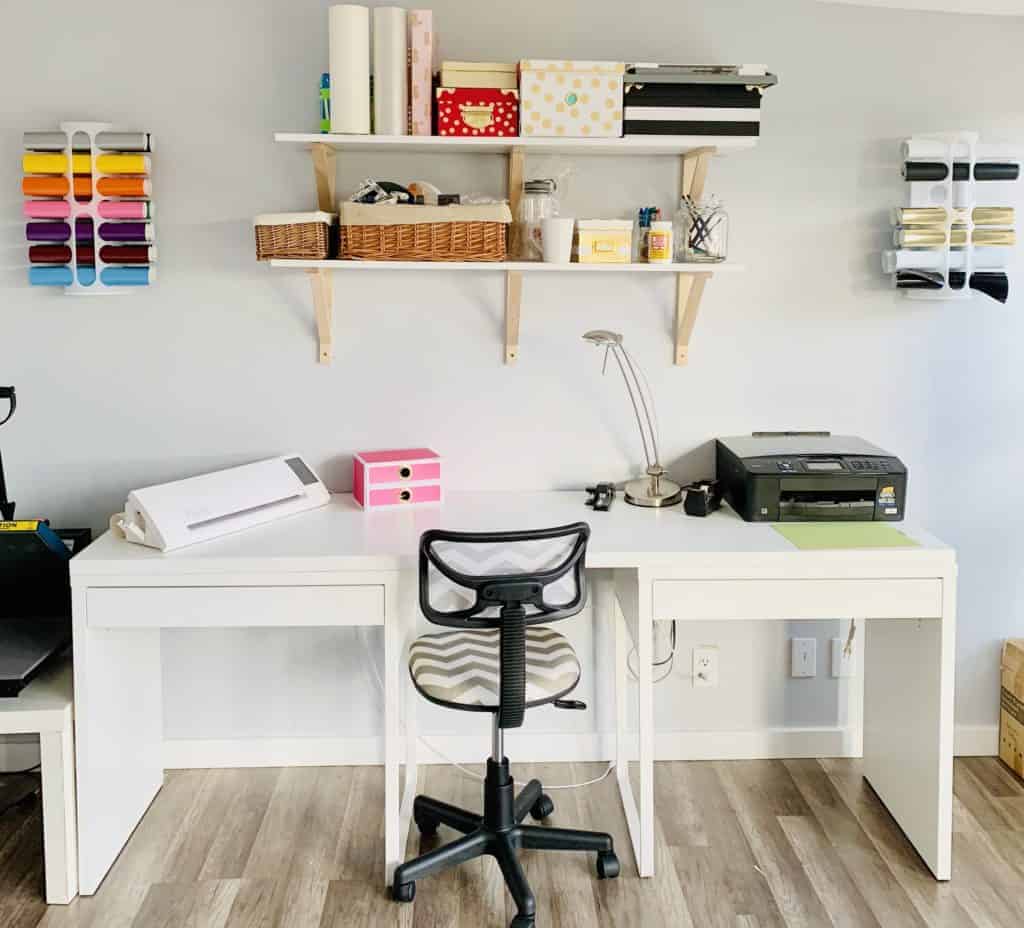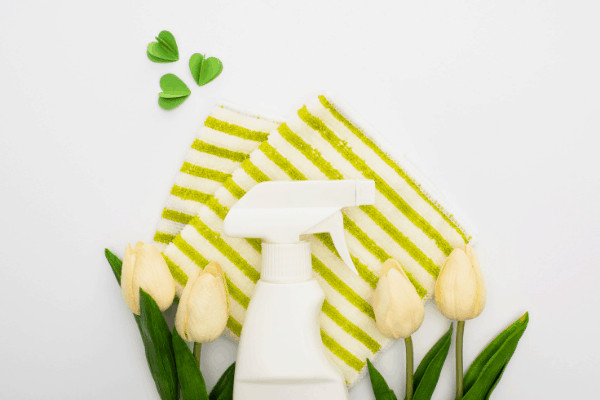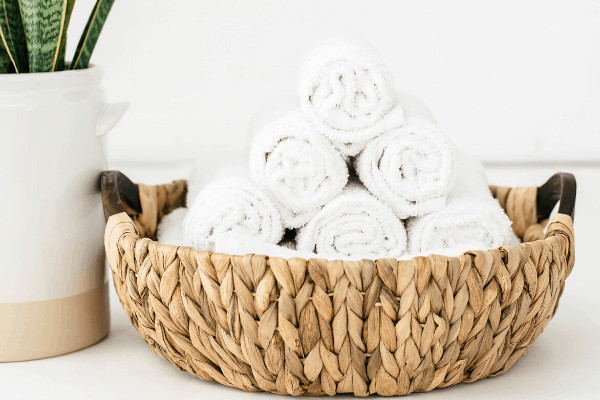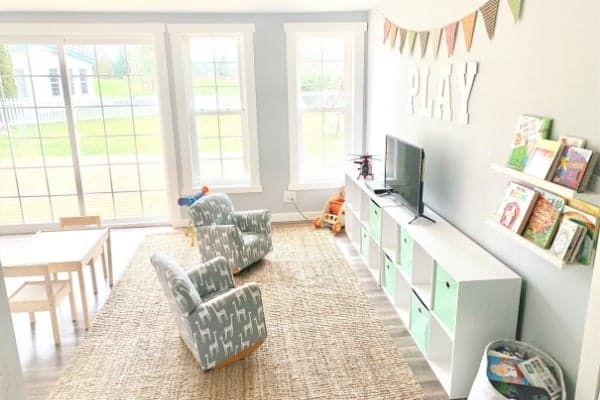In cities like Seattle, where living costs are about 46% higher than the national average, energy efficiency isn’t just a luxury; it’s a necessity. Many homeowners face rising utility bills, and those costs can be especially overwhelming in such expensive locations. However, improving your home’s energy efficiency offers a solution, helping to cut down expenses while also benefiting the environment. By making strategic upgrades, you can reduce your energy consumption, lower your bills, and contribute to a more sustainable world.
Whether you’re looking to prepare for Seattle’s chilly winter waves or simply want to maintain a comfortable home year-round, these energy-efficient upgrades will help you achieve that goal.
- Get Your Siding Inspected
Your home’s siding may not be the first thing you think of when it comes to energy efficiency, but it plays a vital role in keeping your indoor environment comfortable. Siding acts as a protective barrier between your home and the outside elements. Proper insulation through high-quality siding ensures that your home retains heat during winter and stays cool during summer.
In a city like Seattle, winters are generally mild, but there are occasional cold waves with the temperature dropping to below – 9 Celsius. Moreover, winters also bring rain, which is why having well-maintained siding is important. If your siding is damaged, it can cause drafts and heat loss, forcing your heating system to work harder and raising your energy bills. Regular siding inspections allow you to spot any issues before they turn into larger, more costly problems. Ensure that you work with a reputable Seattle siding installer who understands the local climate and can recommend the best materials for your home.
- Upgrade Your Insulation
Outdated or poorly installed insulation is a major cause of energy loss in many homes. Over time, insulation can deteriorate or simply become less effective, which leads to heat escaping during the winter and cool air seeping out during the summer. This inefficiency forces your heating and cooling systems to work overtime. The consequence? High energy bills.
By upgrading your insulation, you can drastically improve your home’s ability to retain heat in winter and keep cool air inside during warmer months. There are several options available, including fiberglass, foam, and cellulose insulation, each with its own benefits. A professional energy audit can help determine which areas of your home need better insulation and what type of insulation is best for your specific needs.
- Install Energy-Efficient Windows
Windows are often a major source of energy loss, especially in older homes. If your windows are outdated, they may allow drafts to come through, which impacts your home’s ability to maintain a consistent temperature. This means your HVAC system has to work harder to compensate, leading to higher energy bills.
Energy-efficient windows, such as those with double or triple glazing, can make a huge difference. These windows are designed to create a better seal, minimizing heat loss in the winter and reducing heat gain during the summer. Besides improving your home’s insulation, they also block harmful UV rays that can fade your furnishings and raise indoor temperatures. Installing energy-efficient windows is a long-term investment that can increase comfort while reducing energy costs.
- Invest in Solar Panels
Solar panels are an excellent way to harness renewable energy and reduce your dependence on traditional power sources. Even in cities like Seattle, which are known for cloudy weather, solar panels can generate a surprising amount of electricity. Modern solar technology is effective at capturing sunlight even on overcast days, making solar panels a viable option for homeowners.
By installing solar panels, you can produce your own electricity, reduce your energy bills, and lower your carbon footprint. Many cities also offer tax incentives or rebates for homeowners who install solar panels, making this investment even more attractive.
- Switch to LED Lighting
One of the simplest and most cost-effective ways to improve your home’s energy efficiency is by replacing old incandescent or CFL bulbs with LED lighting. These are far more efficient than traditional bulbs and last much longer. So, these lights offer two benefits. First, they reduce your energy bills, and second, they cut down on the need for frequent bulb replacements, making them a budget-friendly option.
Moreover, with advancements in LED technology, you can now choose from a wide range of colors and brightness levels to suit any room in your home.
- Seal Air Leaks
Have you checked your home for air leaks recently? If not, it’s time to inspect your home, as these can lead to higher heating and cooling bills. Gaps and cracks around windows, doors, and other entry points allow conditioned air to escape and outdoor air to seep in, forcing your HVAC system to work harder to maintain the desired temperature.
Sealing these leaks is a relatively inexpensive and easy way to improve your home’s energy efficiency. Weatherstripping, caulking, and foam sealant are common materials used to block air leaks around doors, windows, and other areas where drafts are noticeable. By eliminating these leaks, you can prevent heat loss in the winter and minimize the amount of cool air that escapes in the summer. This results in a more comfortable home and lower energy bills year-round.
- Upgrade to Energy-Efficient Appliances
Old appliances, such as refrigerators, washing machines, dishwashers, and ovens, can be major energy hogs. If your appliances are more than a decade old, chances are they are using far more energy than necessary. Upgrading to energy-efficient models with an Energy Star rating can lead to significant energy savings over time.
Energy-efficient appliances are designed to use less electricity and water while still providing the same level of performance, if not better. Though the initial investment may be higher, the long-term savings on utility bills make it a worthwhile upgrade.
- Consider Low-Flow Fixtures
Another effective way to reduce your home’s energy consumption, especially in terms of water heating, is by installing low-flow fixtures. Low-flow showerheads and faucets are designed to reduce water usage without sacrificing water pressure. By using less hot water, you decrease the demand on your water heater, which in turn lowers your energy consumption.
These fixtures are relatively inexpensive to install and can make a big difference in both energy and water savings. In cities like Seattle, where utility costs can be high, this simple upgrade can help you lower your overall household expenses. Additionally, reducing water usage is an environmentally friendly choice, contributing to water conservation efforts in your community.
Improving your home’s energy efficiency not only helps reduce your utility costs in expensive cities like Seattle but also contributes to a greener planet. From inspecting your siding to installing energy-efficient windows and appliances, there are numerous ways to make your home more energy-efficient. Small upgrades can help you save a lot of money over time, and as an added bonus, they can increase your home’s overall comfort and value.





